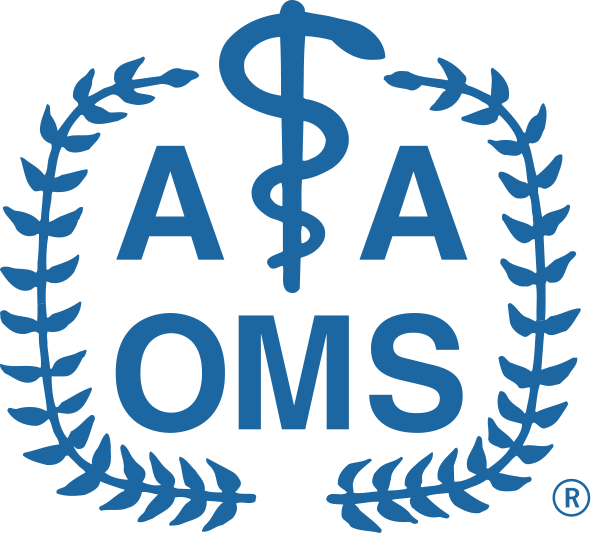AAOMS prioritizes prevention of the jaw disease, continuing cancer care
ROSEMONT, Ill. – The American Association of Oral and Maxillofacial Surgeons (AAOMS) has issued updated guidance for treating a rare but potentially serious jawbone condition that can impact patients taking antiresorptive medications to treat certain cancer types.
Medication-related osteonecrosis of the jaw, or MRONJ, is often-painful and characterized by exposed dying bone in the upper and lower jaws, swelling of the gums and loosening of previously stable teeth.
To help patients and healthcare providers navigate this clinical concern, oral and maxillofacial surgery experts analyzed literature and revised guidance to reflect current best practices. The 2022 recommendations – published in the Journal of Oral and Maxillofacial Surgery – prioritize preventing the disease while continuing cancer treatment necessary to maintain quality of life and support bone health.
“Although no individual nor collection of strategies eliminates all MRONJ risk, certain preventive procedures can make a difference,” said lead author Salvatore L. Ruggiero, DMD, MD, a practicing surgeon and professor at the Stony Brook School of Dental Medicine in New York. “Maximizing overall patient well-being is always the preference.”
Among strategies for reducing the risk of MRONJ: maintaining good oral hygiene, performing high-risk surgical procedures prior to initiating drug therapies, quitting smoking and optimizing diabetes care.
Authors agree that prevention starts with realizing that patients receiving bone-preserving medications (antiresorptives) face altered wound-healing capacity, another potential risk factor for developing MRONJ. Healthcare providers must recognize the importance of coordinating dental care and treatment planning for osteoporosis and cancers involving these therapies, they wrote.
Doing so requires continuous efforts to educate patients, dentists and medical professionals about the real risks associated with antiresorptives and the clinical paradigm shift needed to mitigate MRONJ, researchers wrote.
AAOMS emphasizes the importance of a multidisciplinary approach to treating patients receiving such treatment. This also may apply to other substances used to stimulate the immune system or targeted therapies taken alone or in combination with antiresorptives (brand names such as Fosamax, Boniva and Prolia). Team-based MRONJ care includes consulting an appropriate dental professional when a doctor determines a patient could benefit from these medications.
“Oral and maxillofacial surgeons are versed in treating this clinical concern, and it is crucial that oncologists, rheumatologists and other providers work with our specialty to prevent and treat it,” said Thomas B. Dodson, DMD, MPH, article co-author and editor-in-chief of the Journal of Oral and Maxillofacial Surgery, AAOMS’s official journal. “Our goal in issuing this update is to educate both our peers in medicine and patients about the evolving knowledge base in addressing MRONJ.”
It is important to understand that patients at risk for or with MRONJ also may present with other issues that appear similar, authors wrote. Commonly misdiagnosed conditions may include dry socket, sinusitis, gingivitis and periodontitis. Therefore, they said it is important for patients to undergo a detailed clinical and radiographic examination by an experienced oral healthcare practitioner to diagnose MRONJ.
There are several other local, potentially predisposing factors – including tooth extraction and operations on the thickened ridge of the bone that contains tooth sockets. Other concerns such as steroid and tobacco use may increase risk. The danger of developing MRONJ is higher in patients who have received antiresorptive medications for metastatic bone disease (less than 5 percent) compared to those receiving such drugs for osteoporosis (less than 0.05 percent).
Surgical management of MRONJ is increasingly considered a viable method of treatment for all stages of the disease, according to the 2022 guidance. These procedures involve the removal of necrotic jawbone until viable bone is encountered. AAOMS has developed a series of algorithms to assist doctors in streamlining and determining the correct care pathway for individual patients. A departure from the three previous position papers, the 2022 recommendations recognize the value of surgical intervention regardless of MRONJ disease stage.
AAOMS supports continued oncologic treatment for MRONJ patients whether they are receiving antiresorptive therapy alone or in combination with immune modulators or antiangiogenic medications. Authors wrote that quality of life is typically managed by preventing new areas of necrosis, controlling secondary infections, offering pain control and educating patients.
Additionally, the new guidance deemphasizes the role of medications other than antiresorptives in causing the condition. Studies suggest the cause is likely multifactorial, stemming both from drugs prescribed alongside inflammation or infection. A research review failed to prove if a drug holiday (ceasing use of medications for a defined period) is beneficial or harmful to patients, the authors wrote.
“Medication-Related Osteonecrosis of the Jaw – 2022 Update” was developed by three authors of the 2014 AAOMS position paper on MRONJ, along with three member of the Association’s Committee on Oral, Head, and Neck Oncologic and Reconstructive Surgery. In addition to Drs. Ruggiero and Dodson, authors include Tara Aghaloo, DDS, MD, PhD, UCLA School of Dentistry; Eric R. Carlson, DMD, MD, EdM, University of Tennessee Graduate School of Medicine; Deepak Kademani, DMD, MD, North Memorial Health and the University of Minnesota; and Brent B. Ward, DDS, MD, University of Michigan Hospital.
At an MRONJ presentation during AAOMS’s 104th Annual Meeting, Scientific Sessions and Exhibition in New Orleans in September, Carlson told attendees the update was needed to reflect numerous advancements in MRONJ knowledge over the past eight years.
“It became very clear to our national organization that there were many substantial and very interesting changes in terms of our understanding of this disease, particularly with regard to its treatment,” he said.
Carlson said the updated definition of an MRONJ case includes three elements:
- Current or previous treatment with antiresorptive therapy alone or in combination with immune modulators or antiangiogenic medications.
- Exposed bone or bone that can be probed in the maxillofacial region that has persisted for more than eight weeks.
- No history of radiation therapy to the jaws or obvious metastatic disease to the jaws.
- “MRONJ is preventable, resectable and reconstructable in a very predictable fashion,” said Carlson. “The new position paper will help medical and dental professionals in their treatment of patients who require these medications.”
Read the full position paper at AAOMS.org/MRONJ.


